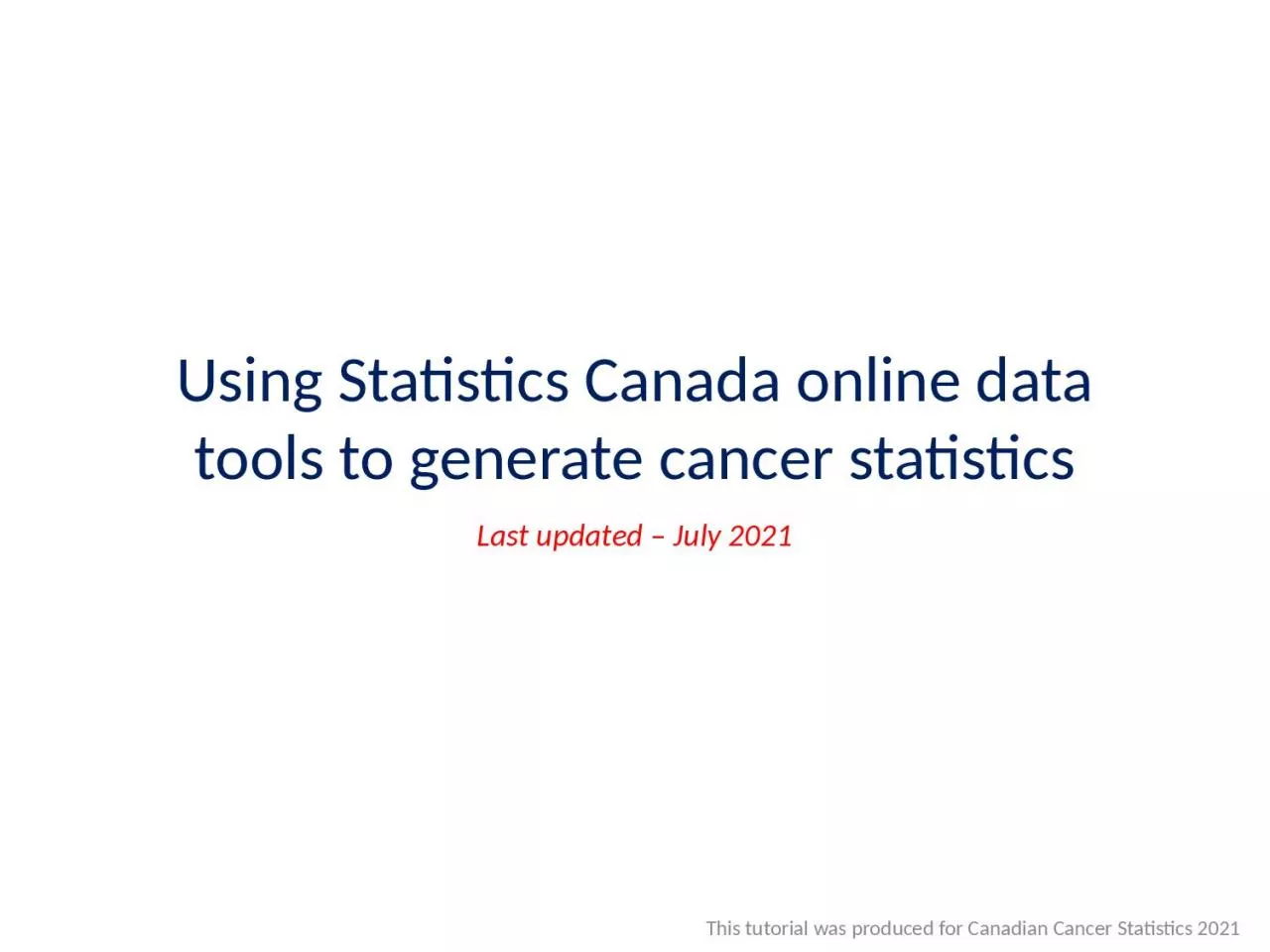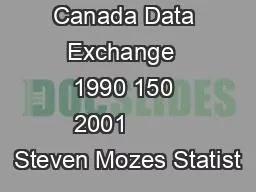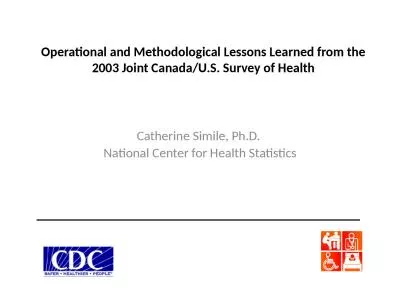PPT-Using Statistics Canada online data tools to generate cancer statistics
Author : brianna | Published Date : 2024-01-03
Last updated July 2021 This tutorial was produced for Canadian Cancer Statistics 2021 Online data tools Selected data tables cancer incidence mortality and survival
Presentation Embed Code
Download Presentation
Download Presentation The PPT/PDF document "Using Statistics Canada online data tool..." is the property of its rightful owner. Permission is granted to download and print the materials on this website for personal, non-commercial use only, and to display it on your personal computer provided you do not modify the materials and that you retain all copyright notices contained in the materials. By downloading content from our website, you accept the terms of this agreement.
Using Statistics Canada online data tools to generate cancer statistics: Transcript
Download Rules Of Document
"Using Statistics Canada online data tools to generate cancer statistics"The content belongs to its owner. You may download and print it for personal use, without modification, and keep all copyright notices. By downloading, you agree to these terms.
Related Documents














